First-of-its-kind partnership to restore and ‘future-proof’ giant kelp forests
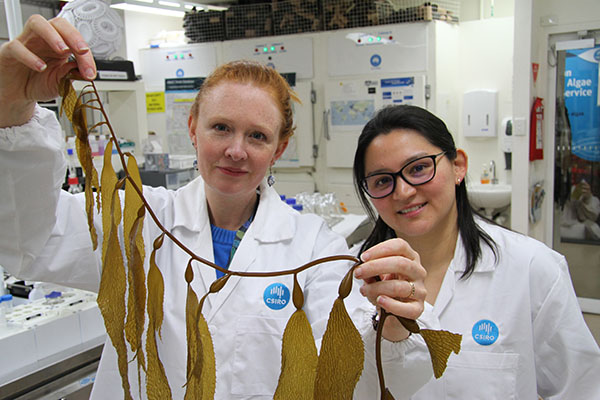
The Nature Conservancy Australia (TNC) has announced a new collaborative project to help expand giant kelp (Macrocystis pyrifera) restoration efforts in Tasmania. The project will create habitat, re-establish lost ground and support job creation in regional coastal areas, supplementing the developing urchin fishery as a control method allowing their recovery.
“In recent decades, most of Tasmania’s giant kelp forests have disappeared, mostly due to a combination of knock-downs by increasingly frequent heatwaves, overgrazing by an explosion of sea urchins and now competition with other warm-tolerant seaweeds, limiting the potential recovery of giant kelp forests,” said Dr. Scott Ling, associate professor at the Institute for Marine and Antarctic Studies at the University of Tasmania (IMAS-UTAS).
The partnership includes TNC, IMAS-UTAS, Natural Resource Management South (NRM South) and Commonwealth Scientific and Industrial Research Organisation (CSIRO), Australia’s national science agency. With funding from Google’s philanthropic arm, Google.org, the James N Kirby Foundation and the J and M Wright Foundation, the giant kelp forest restoration project will be rolled out in several phases. The first will include site selection for restoration, growth of juvenile kelps in local hatcheries, and testing site suitability by out-planting these juvenile kelps at a number of sites along the east coast of Tasmania.
“We’re using population genetics to select robust Giant Kelp parents for restoration projects and developing a giant kelp biobank to future-proof the giant kelp forests,” said Dr. Anusuya Willis, a research scientist at CSIRO’s Australian National Algae Culture Collection.
As the project progresses, the restored Macrocystis pyrifera will be monitored and the lessons learned shared nationally and globally to help inform restoration efforts in other locations where the species has been lost, including the coasts of Victoria and South Australia.
“The Giant Kelp Restoration Project is the first of its kind in Tasmania, where partners have teamed up to support giant kelp forest restoration, with the vast amount of knowledge gained over time being leveraged to help recover giant kelp forests at ecologically meaningful scales,” said Paul Tompkins, TNC’s Kelp Restoration Coordinator. “The project will benefit all Tasmanians and visitors by contributing to the recovery of one of the state’s most productive and iconic marine ecosystems and supporting marine biodiversity in the region.”
Follow the Advocate on Twitter @GSA_Advocate
Now that you've reached the end of the article ...
… please consider supporting GSA’s mission to advance responsible seafood practices through education, advocacy and third-party assurances. The Advocate aims to document the evolution of responsible seafood practices and share the expansive knowledge of our vast network of contributors.
By becoming a Global Seafood Alliance member, you’re ensuring that all of the pre-competitive work we do through member benefits, resources and events can continue. Individual membership costs just $50 a year.
Not a GSA member? Join us.
Author
Related Posts
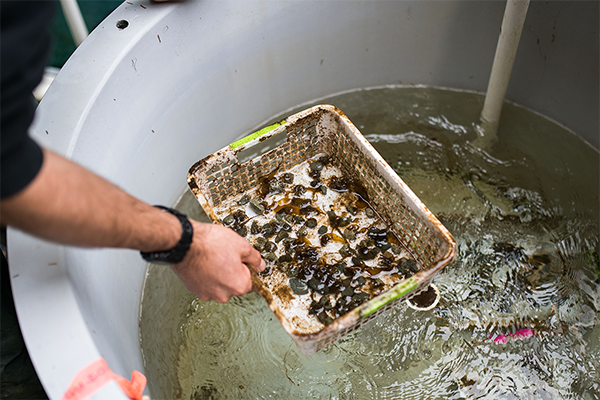
Innovation & Investment
Canadian ‘climate action’ company to test its green gravel for kelp forest restoration
Cascadia Seaweed, a British Columbia-based climate-action company, will test its kelp forest-restoration technology this summer off the coast of Nova Scotia.
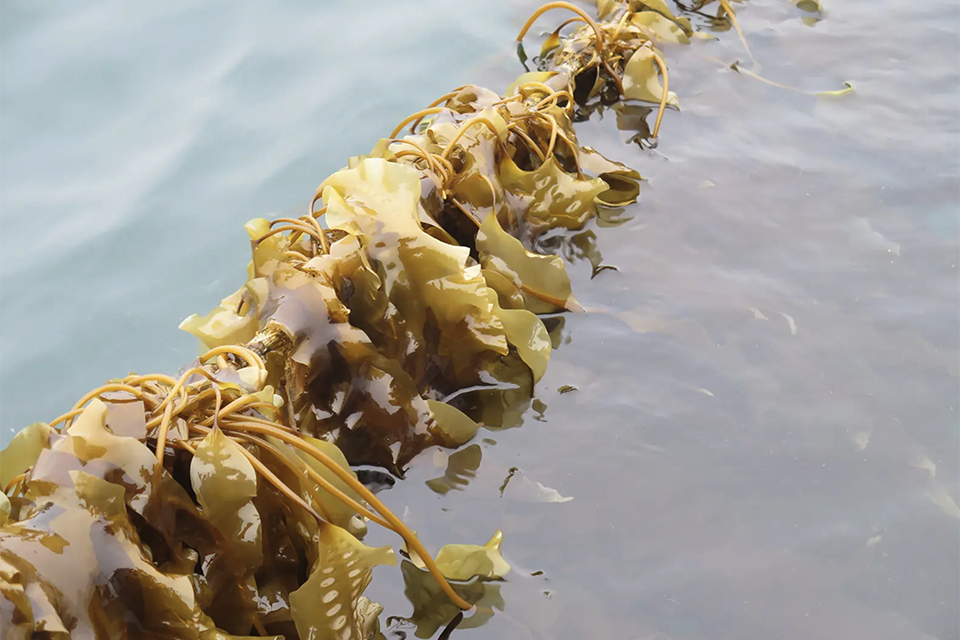
Responsibility
Can kelp farming fix the planet? Experts weigh in on promises and pitfalls
How can kelp farming help solve global challenges? A panel of seaweed experts discussed promises, pitfalls and knowledge gaps.
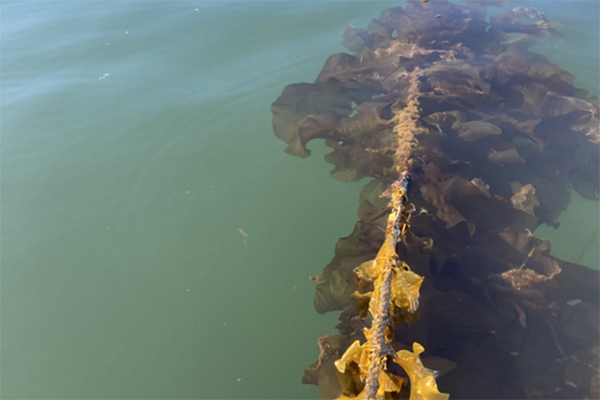
Responsibility
Kelp farms believed to help reduce coastal marine pollution
The water-filtering abilities of kelp farms could help reduce marine pollution in coastal areas, according to a new study.
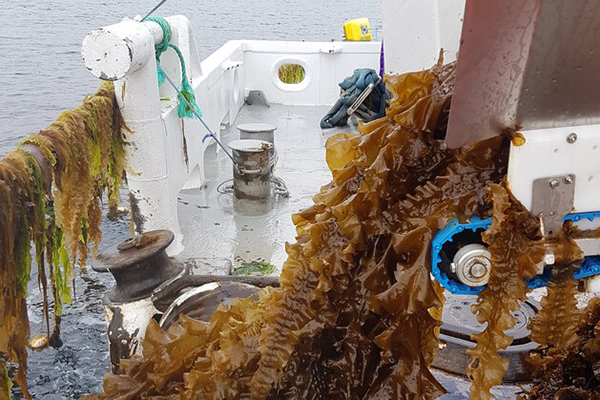
Responsibility
Project seeks to ‘fill knowledge gaps’ about potential toxins in kelp and seaweed
Nofima scientists aim to expand knowledge of potentially toxic elements in cultivated sugar kelp and wild-harvested kelp and seaweed.



